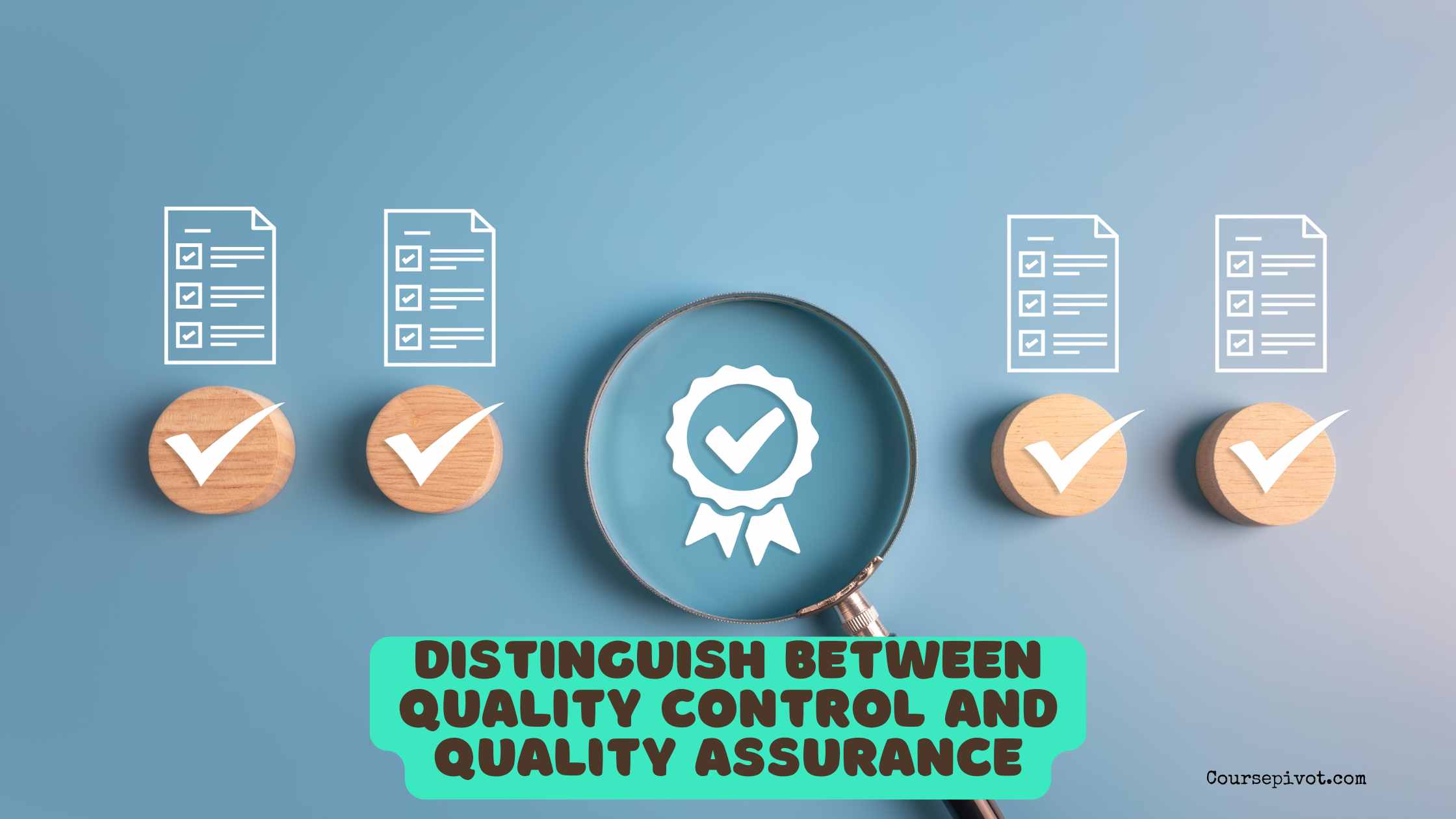
Distinguishing between quality control and quality assurance
The Difference That Separates Great Products from Disasters
In 2018, Boeing’s 737 MAX crashed twice, killing 346 people. Investigators later discovered the company had quietly moved dozens of experienced quality inspectors off the production line and replaced rigorous checks with self-inspection by assembly workers. What went wrong? Boeing confused quality control (finding defects) with quality assurance (preventing defects). The result was catastrophic.
Understanding the real distinction between these two terms isn’t just technical jargon — it’s the difference between catching problems late and never creating them in the first place.
Here’s a crystal-clear breakdown.
| Aspect | Quality Control (QC) | Quality Assurance (QA) |
|---|---|---|
| Core Definition | Detecting and rejecting defects after they occur | Building processes that prevent defects from occurring |
| Timing | Reactive – happens during or after production | Proactive – happens before and throughout the process |
| Main Question | “Did we make this product correctly?” | “Did we create the right system to make products correctly every time?” |
| Focus | Product-oriented (the item itself) | Process-oriented (how the item is made) |
| Who Usually Does It | Inspectors, testers, lab technicians | Process owners, engineers, management, entire teams |
| Typical Activities | Final inspection, sampling, lab testing, bug finding in software | Process design, training, audits, SOP creation, supplier qualification, risk analysis |
| Example in a Car Factory | Checking that doors close properly on finished cars | Designing robotic arms and training workers so doors are assembled correctly every time |
| Example in Software | Manual/automated testing of the finished app | Code reviews, CI/CD pipelines, security standards, peer programming practices |
| Example in a Restaurant | Sending back a cold steak to the kitchen | Training cooks, calibrating ovens, standardizing recipes so steaks never come out cold |
| When It Fails | Defective products reach customers (costly recalls) | Defects rarely occur in the first place |
| Cost of Fixing Problems | High – rework, scrap, warranty claims, lawsuits | Low – prevention is cheaper than inspection |
Real-World Cases That Show the Difference
Samsung Galaxy Note 7 Batteries (2016)
- QC failure: Random battery testing missed the design flaw.
- QA failure: No robust design-review process caught that the battery casing was too tight.
Result: Phones exploding worldwide, $5+ billion recall.
Toyota’s Unintended Acceleration Crisis (2009–2011)
- QC caught some floor-mat issues.
- QA had been systematically weakened for years as the company prioritized speed over process discipline.
Result: Millions of vehicles recalled, hundreds of alleged deaths.
Successful Example: Japanese Bullet Trains (Shinkansen)
- QC: Every wheel is ultrasonically tested.
- QA: Maintenance workers follow a 400-page ceremonial checklist; even the way they point is standardized.
Result: Zero passenger fatalities in 60+ years despite running every 3–4 minutes.
How the Two Work Together (They’re Not Enemies)
Think of it as a safety net and a fence at the top of a cliff:
- Quality Assurance builds the fence (prevention).
- Quality Control is the net that catches anyone who still falls (detection).
World-class organizations invest far more in the fence.
Quick Diagnostic Questions for Any Organization
Ask yourself or your team:
- Do we spend more time fixing defects or preventing them?
- Are our best people doing final inspections, or are they designing better processes?
- When something goes wrong, do we only punish the last person who touched it (QC mindset), or do we improve the system (QA mindset)?
- Do suppliers get chosen only by price, or do we audit their processes first?
If the honest answers lean toward inspection and firefighting, you’re running on quality control alone — and living dangerously.
Key Takeaways
- Quality Control finds problems. Quality Assurance stops problems from being born.
- QC is expensive and reactive. QA is cheaper and proactive.
- Relying only on QC is like driving by looking in the rear-view mirror — you’ll eventually crash.
- The best companies do both, but they obsess over QA because prevention beats cure every single time.
Build bulletproof processes first (assurance), then inspect what comes out (control).
Do it in that order, and your customers — and your reputation — will never have to pay for the same mistake twice.
Cite this article
You can copy and paste your preferred citation format below.
Martin, L. & Arquette, E.. (2025, November 25). Distinguishing between quality control and quality assurance. Coursepivot.com. https://coursepivot.com/blog/distinguishing-between-quality-control-and-quality-assurance/



